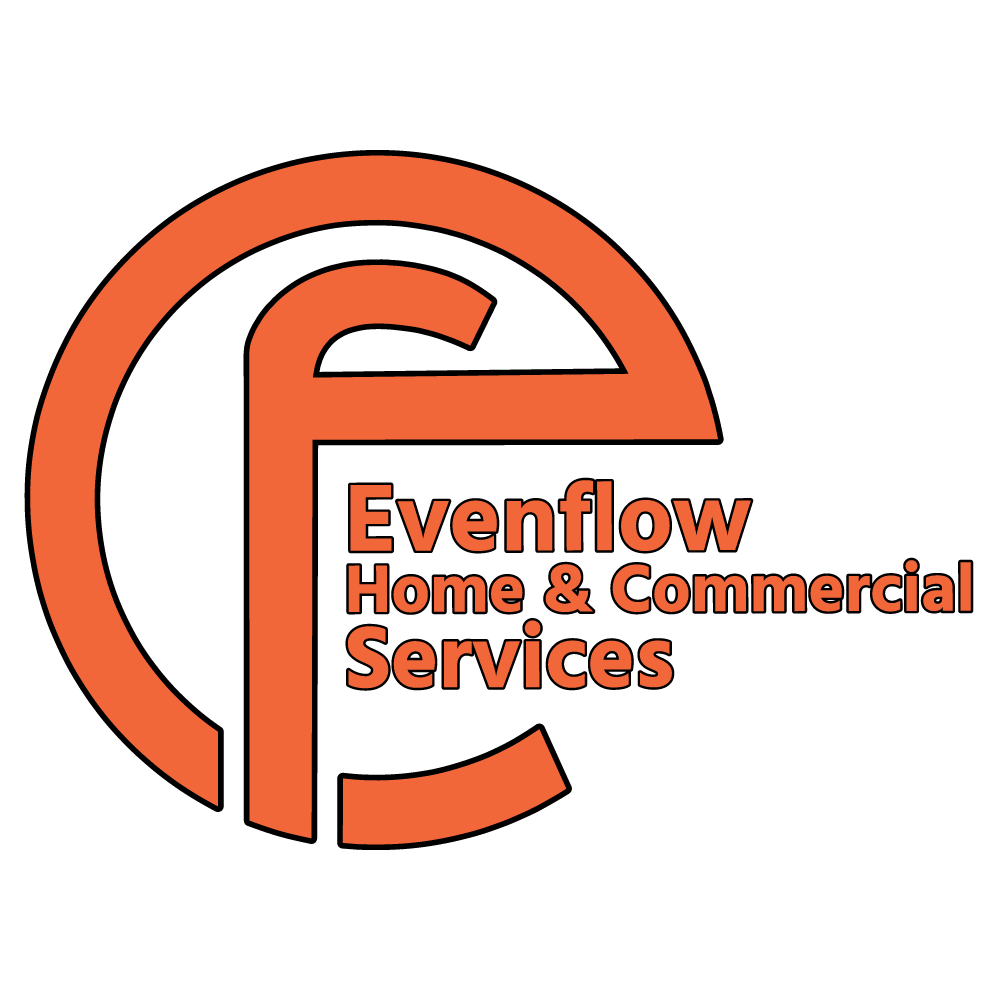The Impact of LED Lighting on Energy Consumption and Savings
With technological advancements, LED lighting has become more accessible, making it a practical choice for reducing energy usage and enhancing overall sustainability.
LED lighting has revolutionized how homes and businesses approach energy consumption and savings. As an energy-efficient alternative to standard incandescent and fluorescent bulbs, LED lights offer many benefits beyond just lower electricity bills. With technological advancements, LED lighting has become more accessible, making it a practical choice for reducing energy usage and enhancing overall sustainability. Here’s how LED lighting impacts energy consumption and contributes to significant savings.
Energy Efficiency of LED Lighting
LED lights are known for their extraordinary energy efficiency, using fundamentally less electricity than traditional lighting options. An LED bulb uses up to 75% less energy than an incandescent bulb while providing the same amount of light. This efficiency is due to how LEDs generate light, which involves passing an electrical current through a semiconductor rather than relying on heat like incandescent bulbs.
The energy efficiency of LED lighting translates directly into lower electricity consumption. This reduction in energy usage can substantially save utility bills for residential and commercial properties. Over time, the cumulative effect of using LED lights across multiple fixtures and applications can significantly decrease energy costs, making it a smart investment for any property owner.
Longer Lifespan and Reduced Replacement Costs
One of the most appealing aspects of LED lighting is its long lifespan. LED bulbs last longer than conventional incandescent or fluorescent bulbs, often up to 25,000 to 50,000 hours. In contrast, incandescent bulbs usually last around 1,000 hours, while compact fluorescent lamps (CFLs) last about 8,000 to 10,000 hours. The extended lifespan of LEDs means fewer replacements are needed, reducing both material costs and the labor associated with changing bulbs.
The reduced need for replacements saves money and minimizes maintenance efforts for businesses and homeowners. This is particularly useful in commercial places where lighting is continuously used, and replacing bulbs can be time-consuming and costly. The durability of LED lighting, combined with its energy efficiency, makes it a favored choice for those looking to reduce operational expenses.
Environmental Benefits
LED lighting offers significant environmental benefits by reducing energy consumption and decreasing greenhouse gas emissions. Lower electricity usage means less demand for power plants, which rely on fossil fuels. As a result, switching to LED lighting lowers carbon emissions and other pollutants connected to energy production.
In addition to reduced energy consumption, LED lights contain no harmful elements like mercury found in some fluorescent bulbs. This makes the disposal of LED bulbs safer and less environmentally harmful. The long lifespan of LEDs also means fewer bulbs end up in landfills, further reducing the environmental impact. For those committed to sustainability, LED lighting is a key component of an eco-friendly strategy.
Improved Lighting Quality and Versatility
LED lighting is not only energy-efficient but also offers superior lighting quality. LEDs provide bright, clear light with excellent color rendering, making spaces more visually appealing and comfortable. Unlike traditional bulbs, which can flicker or produce uneven light, LEDs offer consistent illumination without the warm-up time associated with CFLs.
Another advantage of LED lighting is its versatility. LED bulbs are available in various colors, temperatures, and designs, making them suitable for various applications, from ambient lighting in homes to task lighting in offices and industrial settings. LEDs can also be dimmed easily, allowing for customizable lighting levels that enhance energy savings and comfort.
Contribution to Smart Lighting Systems
LED lighting is crucial in developing smart lighting systems, which are increasingly popular in residential and commercial environments. Smart lighting systems allow users to manage lighting remotely, set schedules, and adjust brightness based on occupancy or daylight availability. These systems maximize energy savings by reducing unnecessary usage and optimizing lighting for real-time needs.
LEDs are particularly well-suited for smart lighting due to their compatibility with digital controls and dimming capabilities. By integrating LED lighting with smart systems, property owners can achieve greater energy efficiency and savings. The ability to monitor and control lighting through smart technology further enhances the convenience and cost-effectiveness of LED lighting solutions.
Economic Impact and Return on Investment
While the upfront cost of LED lighting may be greater than traditional bulbs, the long-term savings on energy bills and lower maintenance costs make LEDs a cost-effective choice. The return on investment for LED lighting is typically realized within a few years, depending on the scale of the installation and the current energy rates.
For businesses, the economic impact of switching to LED lighting can be significant, with lower operating costs contributing to improved profitability. In addition, many regions offer incentives or rebates for upgrading to energy-efficient lighting, further offsetting the initial investment. LED lighting costs are expected to decrease as LED technology advances, making it an increasingly appealing option for energy-conscious consumers.
LED lighting offers numerous advantages, making it an ideal choice for reducing energy consumption and achieving significant cost savings. With its energy efficiency, long lifespan, environmental benefits, and compatibility with smart systems, LED lighting represents the future of sustainable and efficient illumination. By switching to LED lighting, businesses and homeowners can enjoy improved lighting quality, lower energy bills, and a positive environmental impact. Partnering with a professional electrician for LED installation verifies optimal performance and maximizes the benefits of this innovative lighting technology.
Electrical troubles can create unimaginable inconvenience. From electrical inspections, electrical troubleshooting, lighting installation, and LED lighting upgrades to upgrades to existing electrical systems, our team of qualified electricians at Evenflow Home Services is here to serve you.

